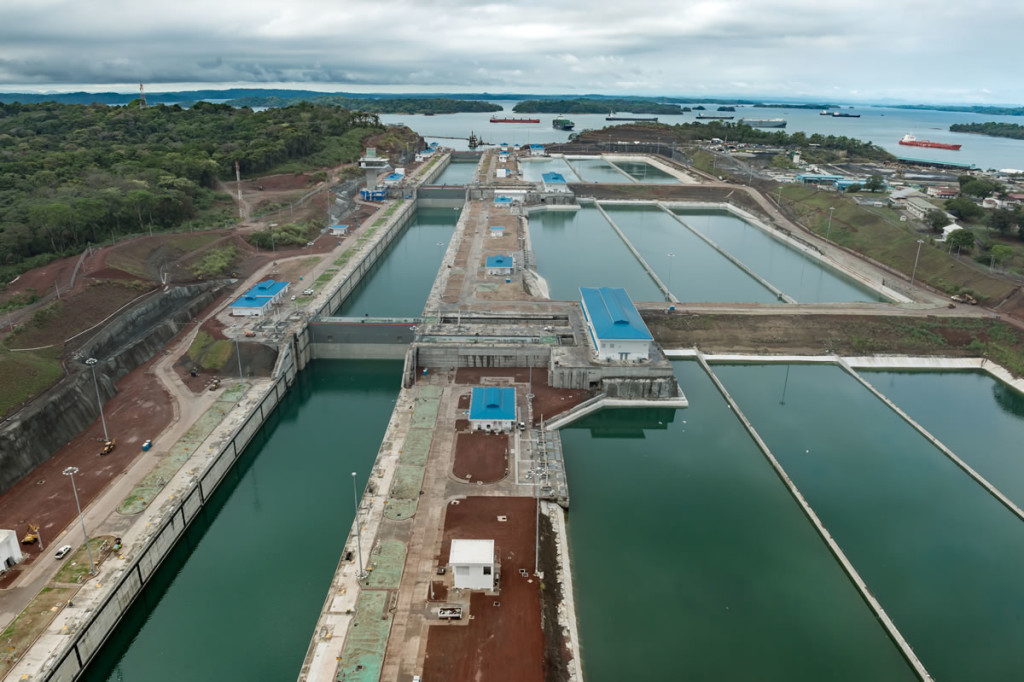The new canal enlarges the volume of ships that transit through it, as well as the opportunities for growth in a country whose economy was already booming.
As Jorge Quijano, chief executive of the Panama Canal Authority notes, the new Canal will open up new global trade routes. This is particularly true for cargo which goes through ports in the eastern United States, including those on the Gulf Coast. The opportunity is clear for the transport of liquefied natural gas (LNG), which the United States produces in abundance. According to Martin Houston, co – founder of Tellurian, developer of LNG projects, so far only 7% of tankers carrying LNG to Asia pass through the Panama Canal, a figure that will rise to 80% with the expanded Canal. The reason is clear: “A tanker loaded with liquefied natural gas in the US Gulf Coast and destined for Asian markets could shorten its travel distance by about 5,000 nautical miles.”
The changes generated by the Canal expansion have already been noticed in investments in the ports on the Atlantic and Gulf in the United States. It is expected there will be a redesign of inland freight routes which will affect the various transport systems in different ways, because transporting goods produced in the Midwest will cost less if those ports and the Panama Canal are used for shipment to the coast of Asia.
The increase in cargo passing through the Canal also opens up immense business opportunities in terms of services demanded by maritime traffic, especially because of the growth of Panama’s value as a logistics hub. This is the opinion of Fitch Ratings, which projects that the Panamanian economy will grow by 6.5% in 2018, up from 5.5% in 2016. Countries in the rest of the isthmus should take note of the opportunities presented by the Canal expansion in terms of facilitation of trade with the rest of the globe, and exports of goods and services to a thriving Panama.
It is true that there have been difficulties. The Canal expansion took two more years than was planned, and its cost rose considerably higher than projected, but it stands here now, as a modern monument to engineering and also as an example of what can be done when the inhabitants of a country have the will to implement such as work, even in a country far away from the levels of development of other first world nations, it demonstrates that “it can be done”.
Panama is still moving forward at an accelerated rate relative to other Central American countries. It is not only the Canal that is expanding, but also the the desire to manifest progress towards modernity.
